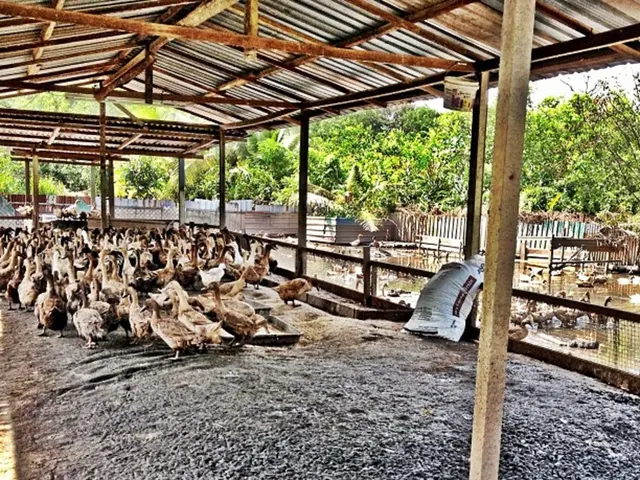Each test chemical will undergo repeated testing.
Skin Cancer Prevention: Sunscreen Validity Questioned
Frankfurt - A recent study by "Öko-Test" (Issue 6/2025) raises concerns about the authenticity of sunscreens claiming high sun protection factor (SPF). The magazine found that some popular sunscreen brands may not deliver the SPF as claimed on their packaging.
The study, a first of its kind, determined the SPF of various sunscreen products without resorting to testing on human skin due to potential risks involved. The lack of reliable measurements on artificial skin has prevented such tests in the past. However, a new test standard now allows for meaningful measurements without the use of human skin.
Discrepancies Between Claimed and Measured SPF
Out of 26 sunscreens with high or very high protection, "Öko-Test" found 15 products to meet the claimed SPF. One product even performed better than advertised. The remaining 11 products, on the other hand, fell short. Ten of these products offered less than three-quarters of the claimed protection, while one did not even reach SPF 20, according to the study.
DnHexP Contamination: A Concern
The magazine also scrutinized the presence of questionable ingredients, particularly DnHexP, a banned softener that can impair fertility. the study revealed that DHHB production may lead to DnHexP as a byproduct, but it doesn't always occur. "Öko-Test" found DnHexP five times among the tested products, although only in trace amounts in four sunscreens, which did not impact their rating. However, one cream contained an amount of DnHexP that earned it an "inadequate" grade. The detected amounts of DnHexP are not currently deemed to pose an immediate health risk.
Affordable Sunscreen Options with Excellent Protection
Twelve sunscreens received a "good" grade, and two were rated "very good" by "Öko-Test". The two top-ranking sunscreens, "Sun D'Or Sun Milk, 50" by Budni or Edeka, and "Sundance Sun Milk, 50" by Dm, are affordably priced at 3.57 euros and 3.18 euros per 200 milliliters, respectively.
While this study highlights the importance of choosing sunscreens wisely, consumers are advised to consult the specific results from Öko-Test Issue 6/2025 for a comprehensive list of sunscreens that have been independently verified to offer actual SPF 50 protection.
- The study by "Öko-Test" not only questioned the authenticity of sunscreens' SPF claims, but also investigated the presence of potentially harmful ingredients like DnHexP, a banned softener that could impact fertility.
- Interestingly, among sunscreens claiming high protection, the study found that some perform better than advertised and others fall short, with ten products offering less than three-quarters of the claimed protection, highlighting the need for consumers to make informed choices in health-and-wellness, skin-care, and science-related purchases.







